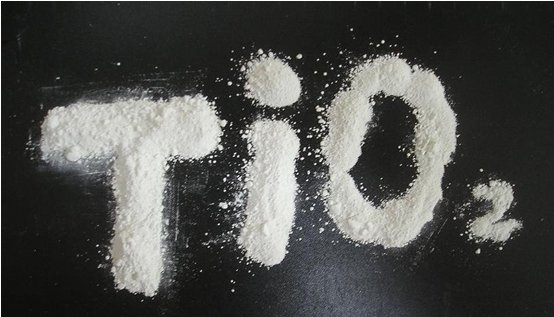Titanium dioxide inorganic and organic coating modification technology

Rutile titanium dioxide is a semiconductor with a bandgap width of about 3.0eV. It has strong photocatalytic activity without surface modification, so that it can produce highly active oxygen free radicals under the radiation of solar ultraviolet rays. , this oxygen free radical can exert a strong oxidation ability, which will damage the medium around titanium dioxide and affect the service life of the product. Therefore, surface modification is an extremely important task in the production and processing of titanium dioxide.
Surface modification is the use of modifying additives to react with the surface of titanium dioxide, thereby changing the surface characteristics and improving the performance of the product. At present, the surface modification of titanium dioxide is roughly divided into two methods: inorganic coating and organic coating.
1. Titanium dioxide inorganic coating
Inorganic coating is to coat the surface of titanium dioxide particles with a single-layer or multi-layer inorganic thin film by means of sedimentation reaction, forming a barrier between the particles and the medium, so as to improve the performance of titanium dioxide. Inorganic surface modification of titanium dioxide is generally carried out by aluminum coating, silicon coating, zirconium coating and multiple mixed coating methods.
For silicon coating, the film formed under neutral and slightly acidic conditions is relatively “fluffy”, while the film formed under alkaline conditions is relatively dense, generally through the hydrolysis of sodium silicate to generate silicon The micelles are then fixed on the surface of titanium dioxide through Ti-O-Si bonds, and at the same time, the formation of Si-O-Si bonds can also be used to ensure that the film is continuous and uniform.
For aluminum coating, the Ti-O-Al bond is formed through the reaction of OH-Al and the -OH group on the surface of titanium dioxide. The increase in the number of clusters facilitates the coating. At the same time, under high pH conditions, the directional growth rate of OH-Al occupies a dominant position relative to the sedimentation rate when the temperature is raised, and the film morphology changes from uniform and continuous sheet-like layers to relatively loose flocs.
Inorganic coating is specifically divided into two methods: dry coating and wet coating according to different processing methods.
(1) Titanium dioxide dry coating
In dry coating, metal halides are generally attached to the surface of titanium dioxide by air spraying, and after roasting and oxidation, hot steam is introduced to promote its hydrolysis to form a thin film coating on the particle surface.
(2) Titanium dioxide wet coating
Wet coating is mainly carried out in water medium, which is also subdivided into three types: boiling method, neutralization method and carbonization method.
2. Titanium dioxide organic coating
The development history of organic coating is shorter than that of inorganic coating, but it develops very rapidly due to the characteristics of small dosage (usually only 0.1% to 1% of the weight of the pigment) and large effect. There are three main methods of organic coating in the laboratory, namely high-speed dispersion wet method, vibration dispersion method and gas powder machine pulverization method. In the daily experiment process, we mainly adopt the high-speed dispersion wet method for processing.
Generally, in the process of organic coating, a part of the organic treatment agent is connected to the surface of the titanium dioxide by physical adsorption, and the other part reacts with the hydroxyl groups on the surface of the particles and then closely combines with the surface of the titanium dioxide. Dispersants, coupling agents, surfactants, etc. are used.
3. Composite coating with titanium dioxide
Since inorganic coating and organic coating have their own emphasis. Generally speaking, the main purpose of inorganic coating is to reduce the photocatalytic activity of titanium dioxide, improve its weather resistance, thereby increasing the service life of the product, while the main purpose of organic coating is to improve the dispersion ability of the product in various media and dispersion stability.
The two methods cannot replace each other, so in practical application operations, the operation mode of first inorganic coating and then organic modification is mostly used to modify the surface of titanium dioxide particles to achieve the purpose, that is, to use silicon, Soluble inorganic sources such as aluminum and zirconium (such as silicon dioxide, aluminum oxide, etc.) complete one or even multiple layers of inorganic coatings under their respective appropriate temperature and pH conditions to enhance their weather resistance. Then select a suitable bridging structure to connect fatty acid or aromatic acid groups with strong hydrophilicity to enhance its water dispersibility and dispersion stability.













